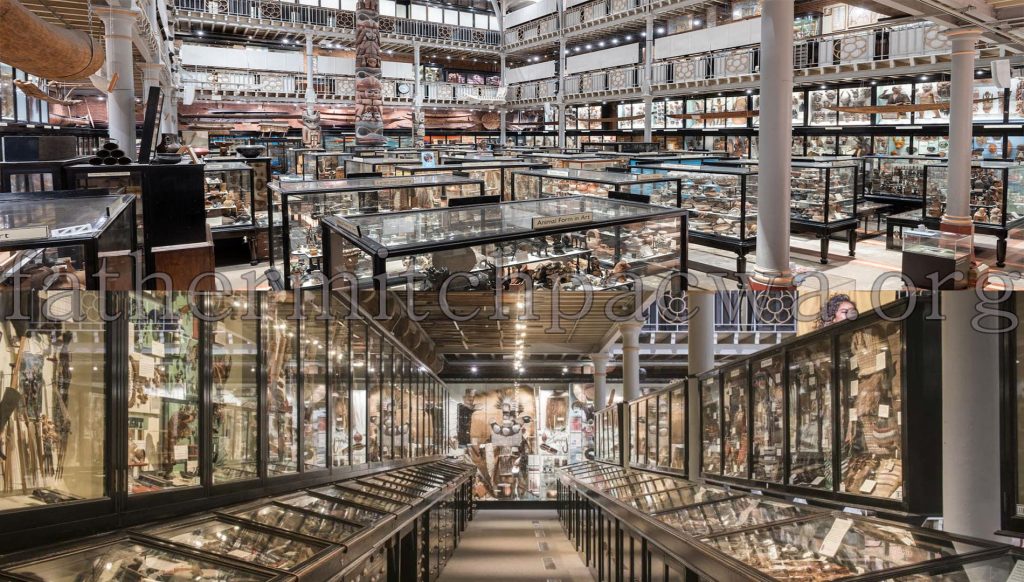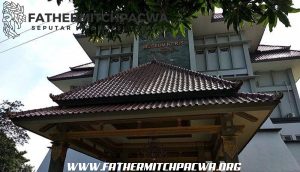Exploring the Wonders of the Pitt Rivers Museum: A Treasure Trove of World Cultures

Introduction
Nestled in the heart of Oxford, the Pitt Rivers Museum stands as a testament to the richness and diversity of world cultures. Established in 1884, the museum is renowned for its extensive anthropological and archaeological collections. Offering a unique window into the lives and traditions of people from all corners of the globe.
The Museum’s Beginnings
The Pitt Rivers Museum was founded by Lieutenant-General Augustus Henry Lane Fox Pitt Rivers. Influential figure in the development of archaeology and ethnology. His original donation of 22,000 items laid the foundation for a collection that has grown to over half a million artefacts, each with its own story.
A Unique Display Approach
Unlike traditional museums, the Pitt Rivers Museum is famous for its distinctive display method. Rather than being sorted by geographic region, items are arranged by type. Such as musical instruments, weapons, or masks. This thematic approach offers a cross-cultural perspective, highlighting the similarities and differences in human creativity and ingenuity.
Highlights of the Collection
The museum’s collection is vast and varied, featuring items like shrunken heads from the Amazon, intricate Native American beadwork, and ancient Egyptian mummies. The ‘Naga’ display, showcasing artefacts from the Naga groups of North East India, is particularly noteworthy for its cultural significance and artistic beauty.
Educational Programs and Research
The Pitt Rivers Museum is not just a tourist destination; it’s a centre for learning and research. It hosts a range of educational programs for all ages, encouraging exploration and understanding of different cultures. Researchers from around the world visit to study its extensive collections, contributing to our knowledge of human history and cultural diversity.
A visit to the Pitt Rivers Museum is more than just a walk through a gallery of artefacts; it’s a journey through the tapestry of human history. Its unique displays and rich collections offer an unparalleled opportunity to explore the breadth and depth of human cultural expression.
Engaging with the Community: Events and Exhibitions at the Pitt Rivers Museum
Community Engagement and Events
The Pitt Rivers Museum is not just a repository of artefacts; it’s a vibrant community hub. The museum regularly organizes events, workshops, and exhibitions that engage the public. From hands-on family activities to lectures and seminars by leading anthropologists and archaeologists, there’s always something happening at the museum. These events provide a deeper understanding of the collections and the cultures they represent, fostering a greater appreciation of global heritage.
Special Exhibitions and Displays
The museum frequently hosts special exhibitions that focus on specific themes, regions, or issues. These temporary displays offer fresh perspectives and new insights, often featuring collaborations with communities and artists. Past exhibitions have covered a wide range of topics, from indigenous art to contemporary social issues, providing visitors with an ever-changing and dynamic museum experience.
Accessibility and Inclusivity
With resources like audio guides, accessible pathways, and sign language tours. By breaking down barriers, the museum aims to make the rich tapestry of global culture accessible to a wider audience.
Digital Outreach and Online Resources
In today’s digital age, the Pitt Rivers Museum extends its reach beyond physical boundaries through its online presence. The museum’s website offers virtual tours, an extensive online database of its collections, and educational resources. These digital tools make the museum’s treasures accessible to a global audience, promoting cultural understanding and appreciation across continents.
Supporting the Museum
As a public institution, the Pitt Rivers Museum relies on the support of its visitors and patrons. Donations, volunteering, and membership programs are vital for the maintenance and expansion of its collections and activities. By supporting the museum, individuals contribute to the preservation and sharing of our global cultural heritage.
Conclusion
The Pitt Rivers Museum is more than a destination; it’s an ever-evolving space of cultural exchange and learning. Its commitment to community engagement, inclusivity, and accessibility makes it a beacon for cultural education and appreciation. Whether visiting in person or exploring online, the museum offers endless opportunities to discover the richness of human cultures and histories.







